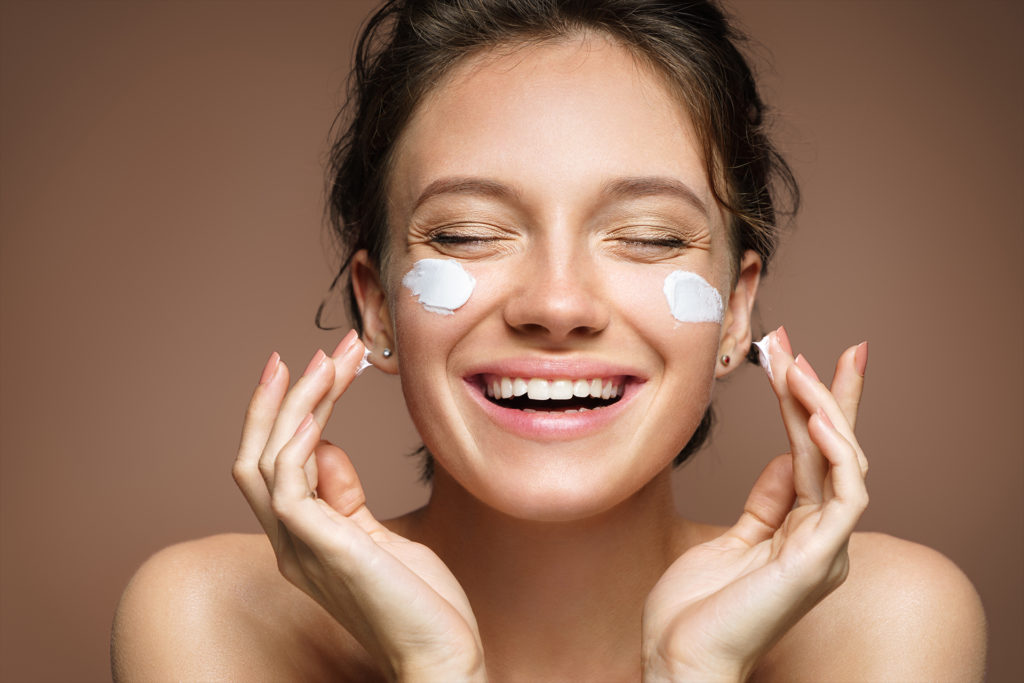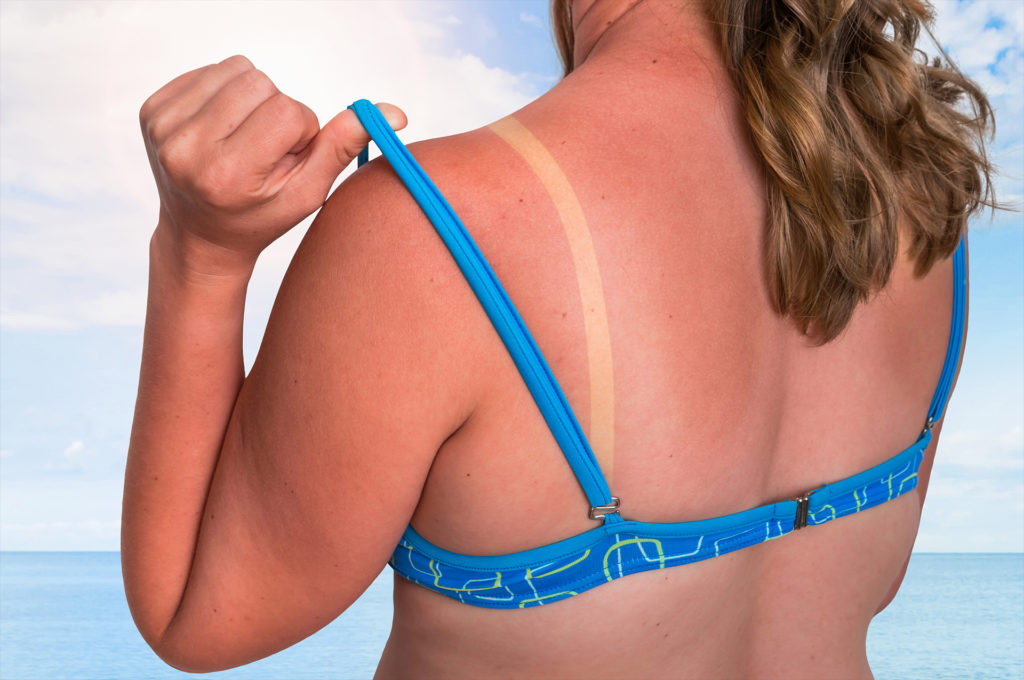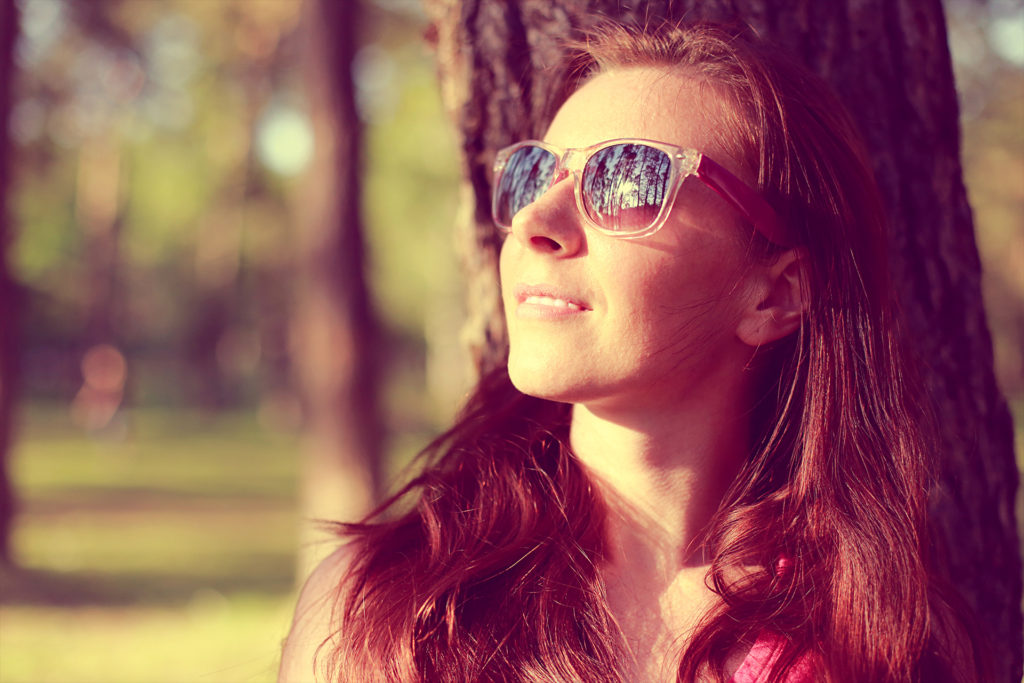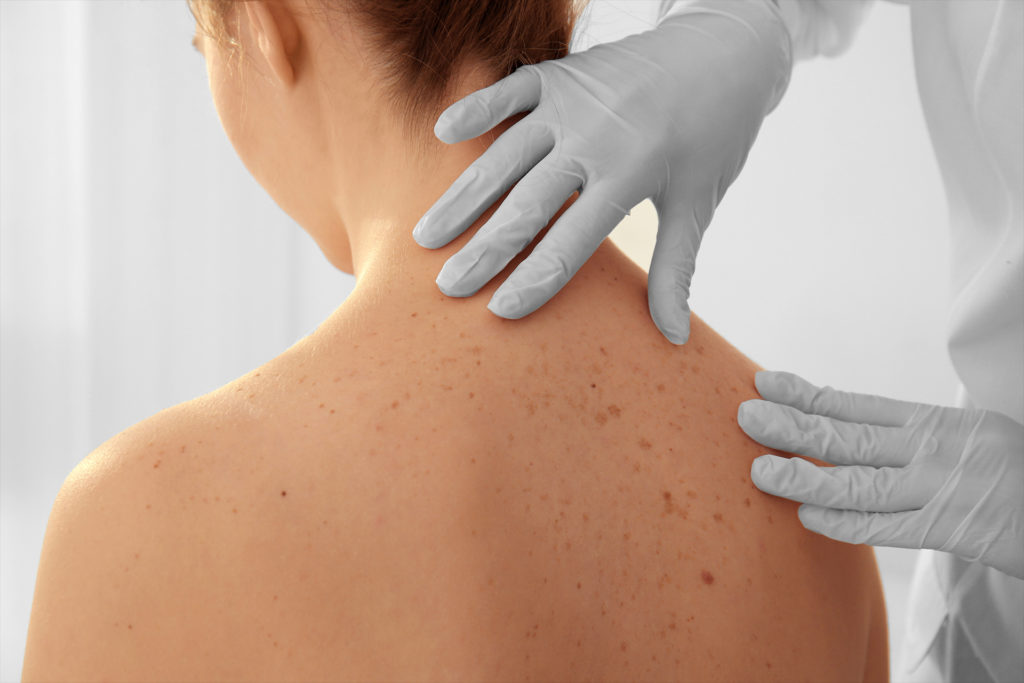Dermatologist’s Guide To Safe Summer Skin
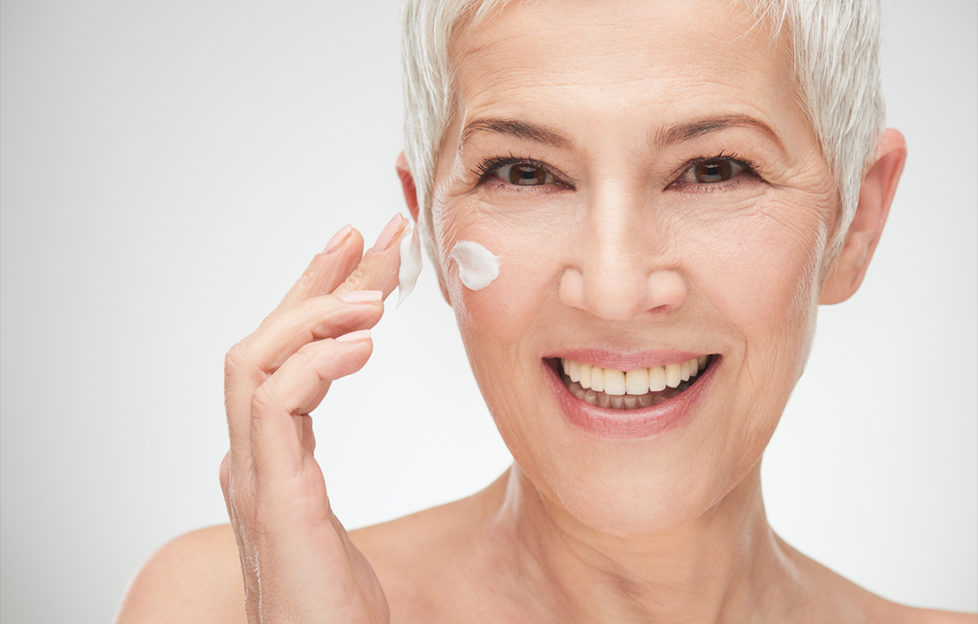
Leading consultant dermatologist at Stratum Dermatology Clinics, Dr Adam Friedmann, says there are steps we can take to protect against skin cancer.
Here he shares some common misconceptions and his personal skin protections tips, plus an easy way to remember to check moles for changes.
4 skin misconceptions
1. A higher SPF allows for more time in the sun
This is true but not to be encouraged as the sun’s rays can still penetrate even the highest SPF sunscreen. The efficacy of any SPF is strictly two hours and after that it must be reapplied.
The SPF number represents the degree of sun protection a cream provides to the skin compared with bare skin. For instance, after SPF60 application, the skin gets the equivalent to one minute of sun exposure for every 60 minutes spent in the sun.
2. I’m not burning, I’m tanning
A tan can be a sign that the skin has been damaged and is trying to protect itself, but it does depend on skin type. Those with pale skin will only ever burn or tan minimally, however, people with darker skin at the mid or higher end of the scale have a natural ability to produce melanin and tan easily.
3. The UK sun is not strong enough to cause damage and I only need SPF on a sunny day
This is a common misconception and it’s a fact that many sun lovers in their 30s look like they’re in their 40s. A lesser percentage of UV penetrates cloud, but often this is still enough to cause sun damage and burning, especially in the peak summer months.
The UK has the same number of cases of skin cancer cases as Australia, but people tend not to realise this. Our population is much larger than Australia’s, however, so the prevalence of skin cancer in the UK is actually lower than that in Australia (prevalence is the rate per 100,000 people).
4. I’m working inside all day so I don’t need SPF
UVA rays can penetrate glass, so if you’re sitting at a desk all day by a sunny window or driving then you need some protection. Although UVA rays don’t cause burning, they do contribute to the risk of developing skin cancer.
If you’re heading outside to enjoy the midday sun on your lunch break, then sun damage will start immediately. The fairer you are the more at risk you are of photo ageing and burning, and this can begin to happen in as little as a couple of minutes.
Top sun protection tips
- Generally, wearing cotton and linen clothing offers the same protection as SPF80. A big plus is that its efficacy doesn’t fade throughout the day like sunscreen, which rubs off.
- Go high in the first place by opting for a SPF50 so that your sunscreen is still giving a good level of protection as it fades. The minimum factor for white skin should be SPF30. Darker skin can get away with going lower SPF levels.
- Be savvy on how to spot the signs of skin cancer. Skin cancer usually presents itself as a mole or mark on the skin and can be dismissed because people don’t notice it or don’t want to bother their GP. Be on mole watch this summer and remember our motto, “a change needs a check”.
Moles Check
The ABCDE guide is a memorable way to check your moles for changes.
- Asymmetry – Does the left side of the mole look like the right side, or does the top half look like the bottom half? Both halves should usually look same.
- Border – Is the border well-defined and sharp? Watch out for unclear and irregular borders.
- Colour – Is your mole all the same colour? Keep an eye out for any changes in colour, especially black or blue colours, multiple colours or pale areas.
- Diameter – Is your mole smaller than the end of a pencil? A melanoma is usually more than 6mm in diameter, about the size of a pea. However, anything growing should be reviewed as melanomas can start small.
- Evolving – Is the mole the same size it was when you first noticed it? Monitor any changes in size, colour, crustiness, itching or bleeding of existing moles.


